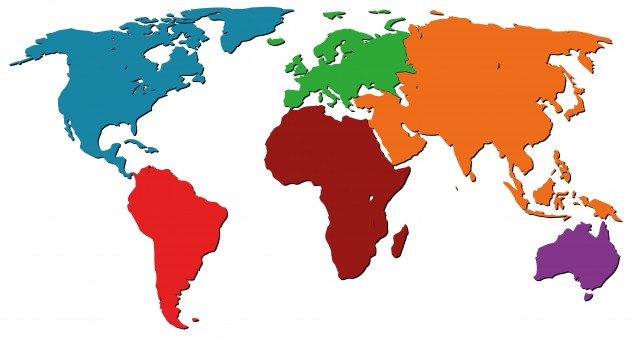Doctors say the high prevalence of HTLV-1, a retrovirus often referred to as a cousin of HIV, in remote Australia is a wake-up call for the rest of the world to test for and prevent new infections, CNN reports.
Similar to HIV, the human T-cell leukemia virus type 1 (HTLV-1) can weaken the immune system and lead to many different health problems. It can cause leukemia, lymphoma, bronchiectasis (which damages the lungs) and diseases of the nervous system.
It is spread through unprotected sex, breast feeding and blood contact, including transfusions. It can also be transmitted from mother to child.
HTLV-1 prevalence is over 40 percent in a remote area of Australia’s Northern Territory, where people are dying of bronchiectasis related to HTLV-1 infection. The virus has been found in clusters across the world in isolated, often poor areas in Latin America, the Middle East and Romania, among others.
HTLV-1 was first detected in 1979 by Robert Gallo, MD, cofounder and scientific director of the Global Virus Network and the chair of its HTLV-1 Task Force. (In 1984, Gallo made world headlines when he codiscovered HIV as the cause of AIDS.)
“The prevalence is off the charts” in Australia, Gallo told CNN, adding, “Nobody that I know of in the world has done anything about trying to treat this disease before. We have to get attention to HTLV-1.”
However, Gallo also pointed out that there is no reason to fear that the virus will spread more widely because the virus will not transmit casually.







4 Comments
4 Comments